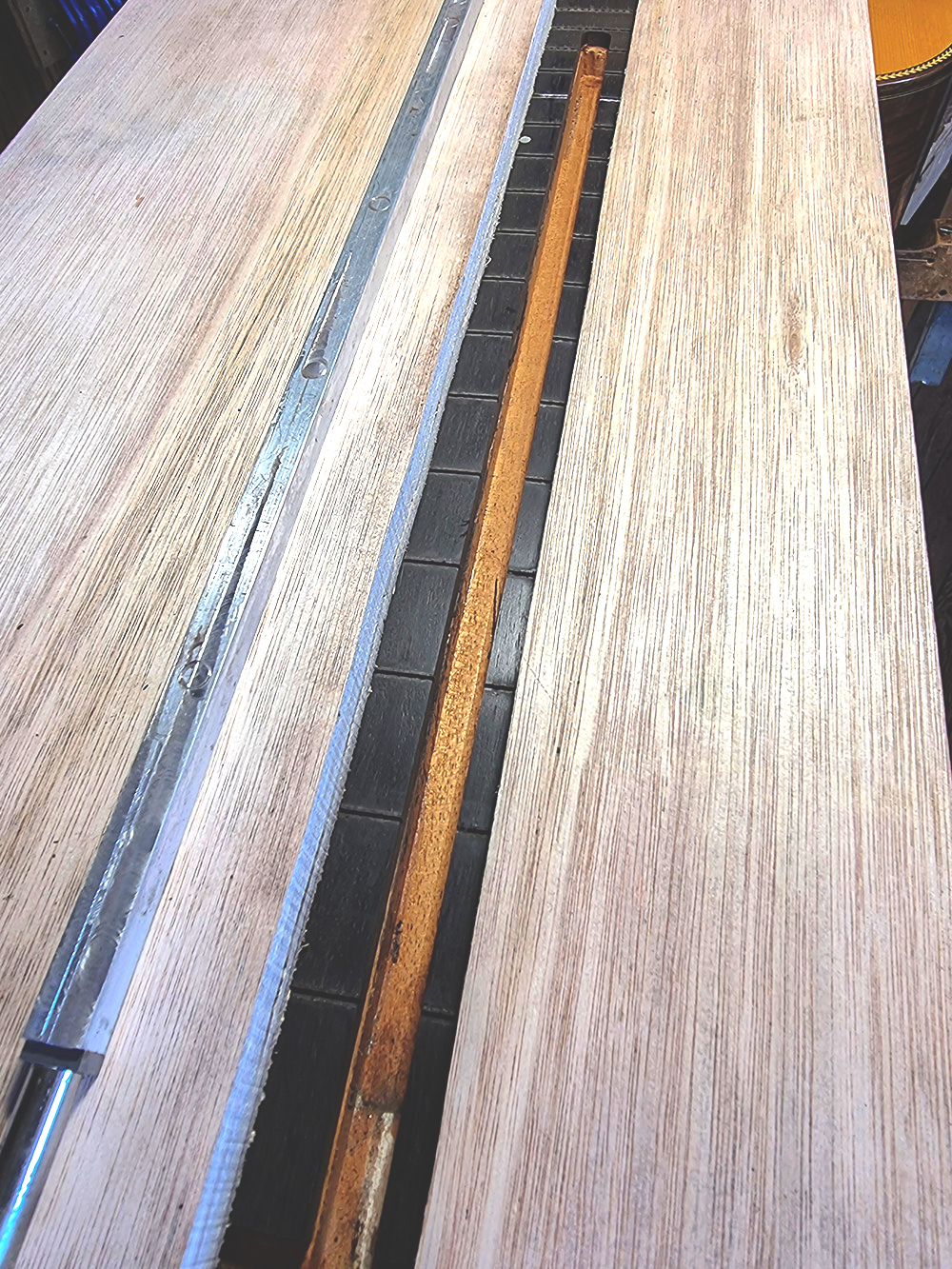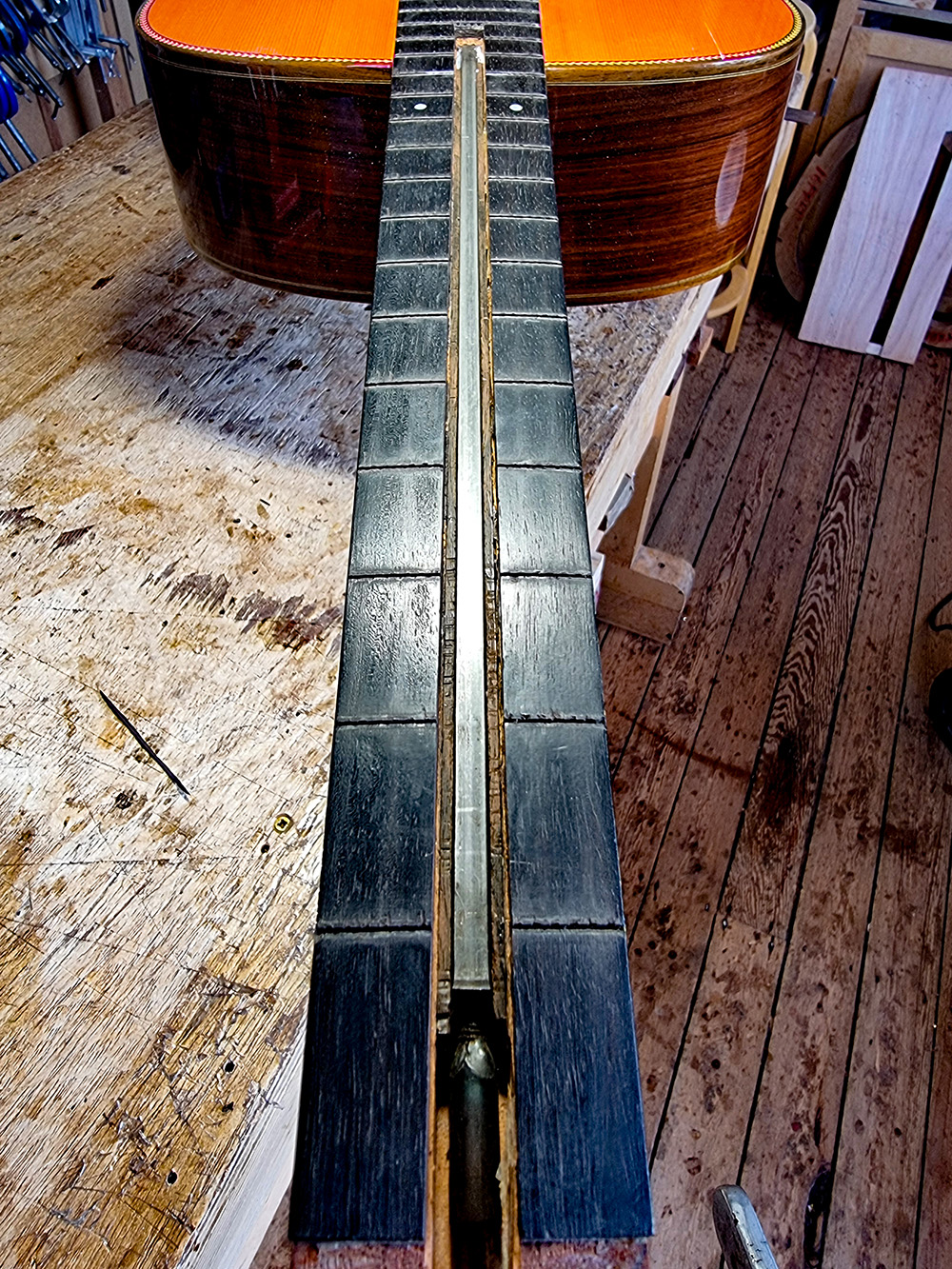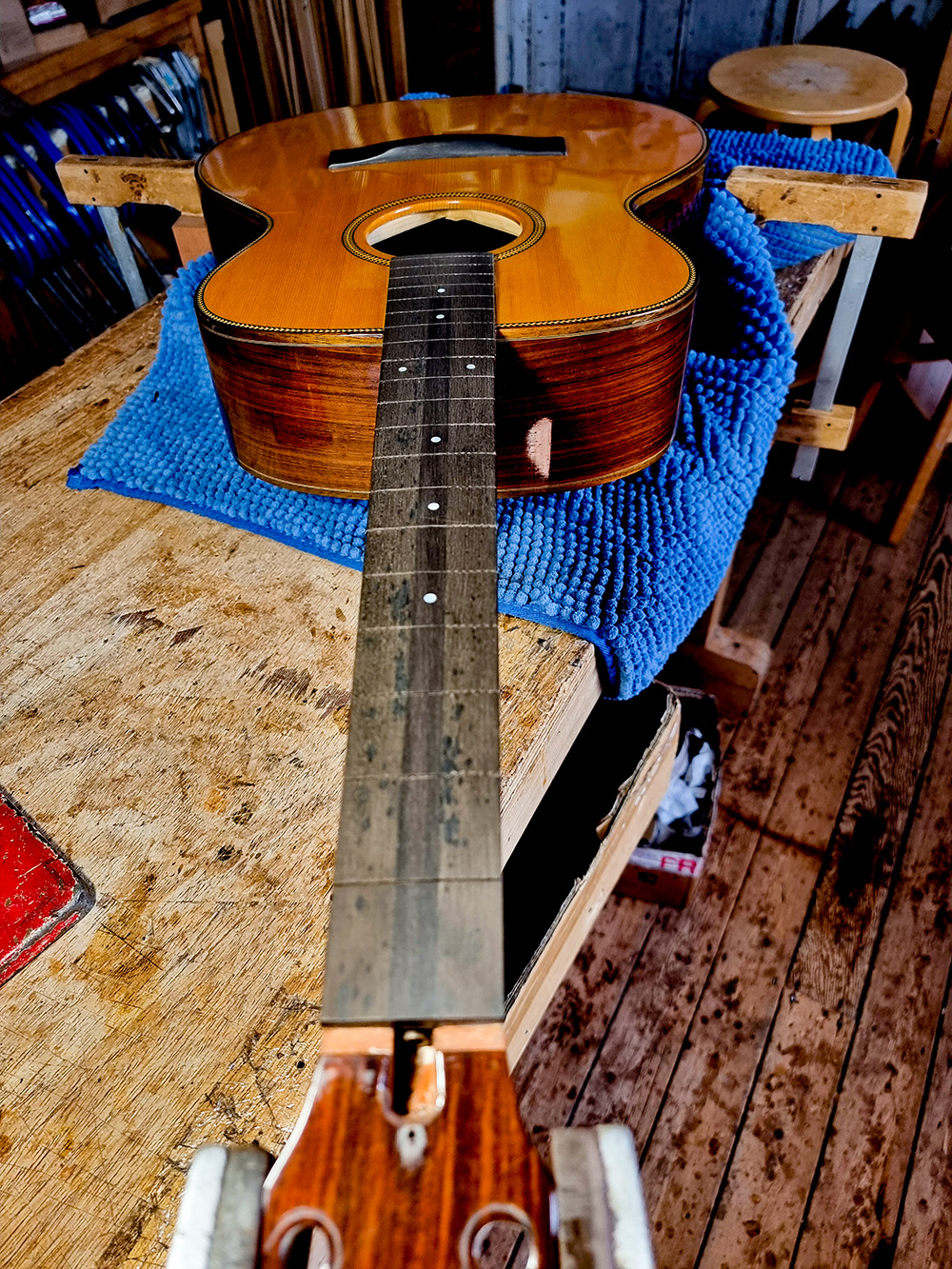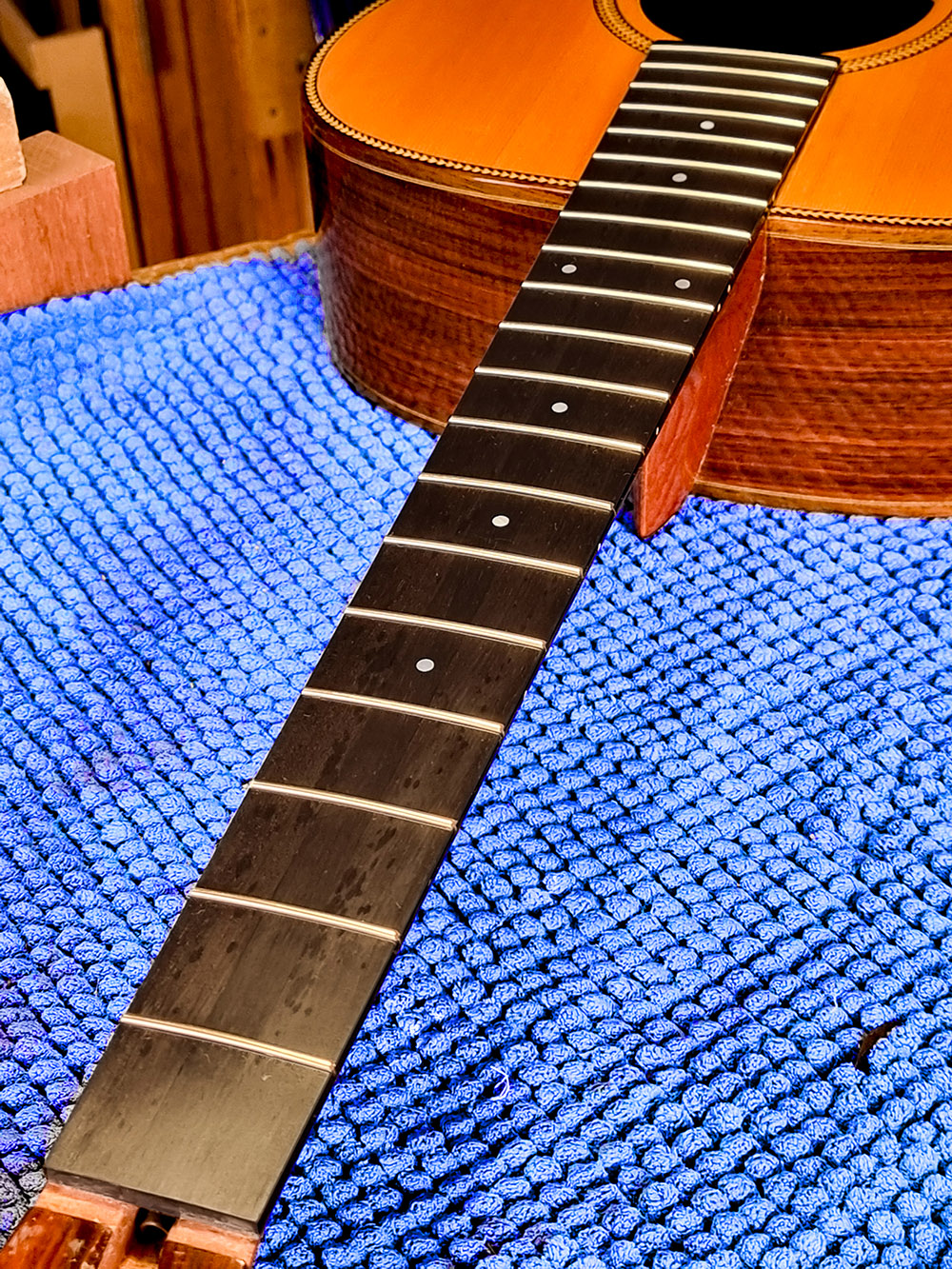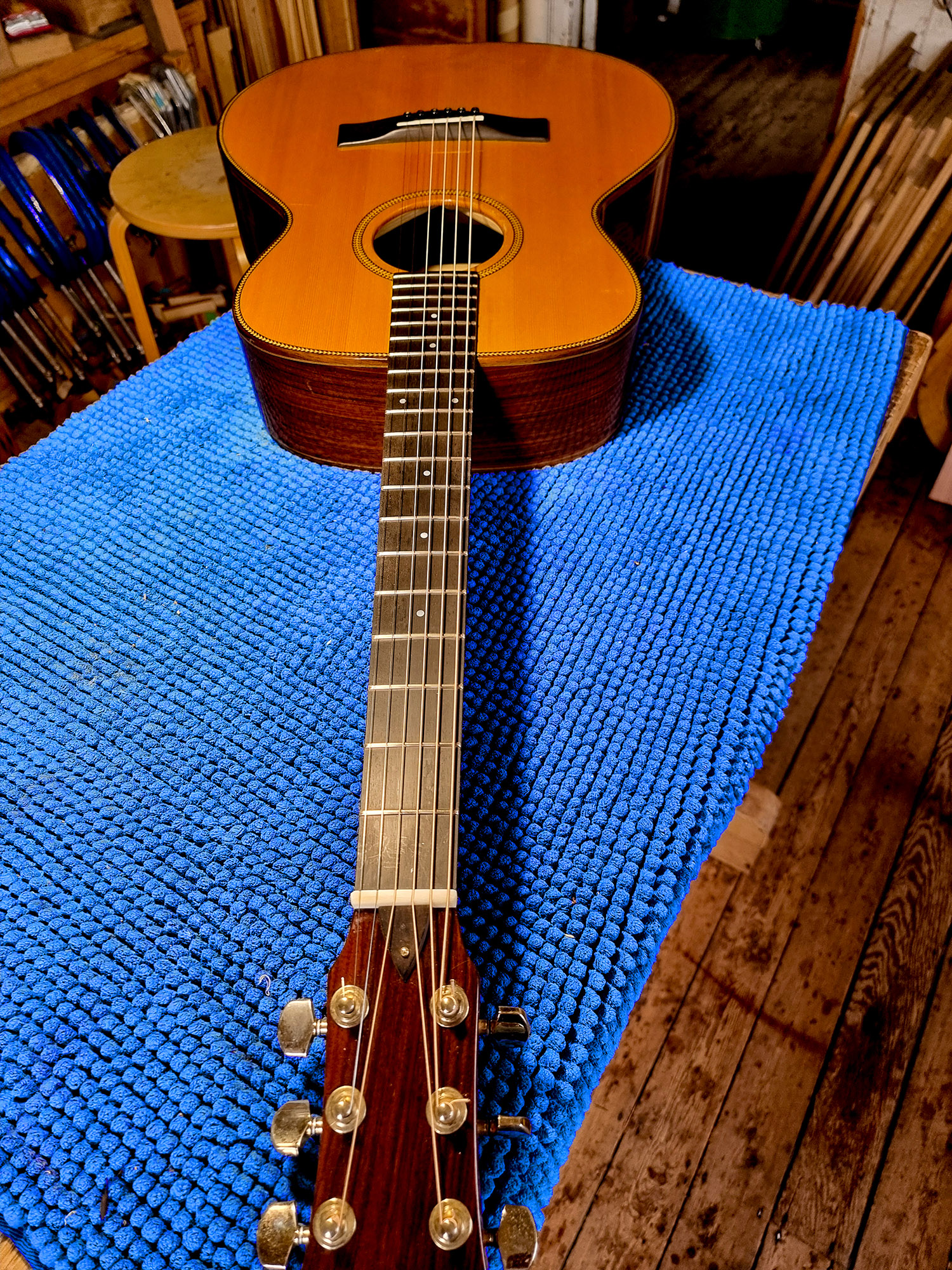Danny Bradley plays ‘Sweetness of Mary’ on 2D guitar
Danny Bradley currently has my 40th Anniversary 2D guitar on long term loan; he plays it beautifully and is a great ambassador for it.
He is a skilled guitarist who uses and controls sustain well, so the 2D with its depth of sound and great sustain suits him particularly well. Today he sent me an audio clip of him playing ‘Sweetness of Mary’ on the 2D.
The 2D is fitted with a Highlander under-saddle pickup, but this clip was recorded using two condenser microphones.
‘The Sweetness of Mary’ arranged and played by Danny Bradley
The model 2D is based on my Model 2, a relatively large bodied guitar with 12 frets to the body. The D version has two extra frets at the nut, making it a long scale 14 fret to the body guitar, with the bridge position unchanged.
It is tuned a full tone down as compared with a standard guitar; fitting a capo to the second fret gives standard guitar tuning, scale and string tension. Taking the capo off opens up a fabulous full sound.
On this clip, Danny has tuned to CGCFGC, capoed at the first fret to play in C#. Capoing at the second fret would give a standard guitar scale and the commonly used DADGAD tuning.
Danny is a lovely singer and guitarist and has written some great songs. He gigs regularly, opened for Richard Thompson on his recent tour, and will be doing several spots at the upcoming Celtic Connections festival in Glasgow. If you haven’t already heard him, I recommend you go and hear him if you get the opportunity.



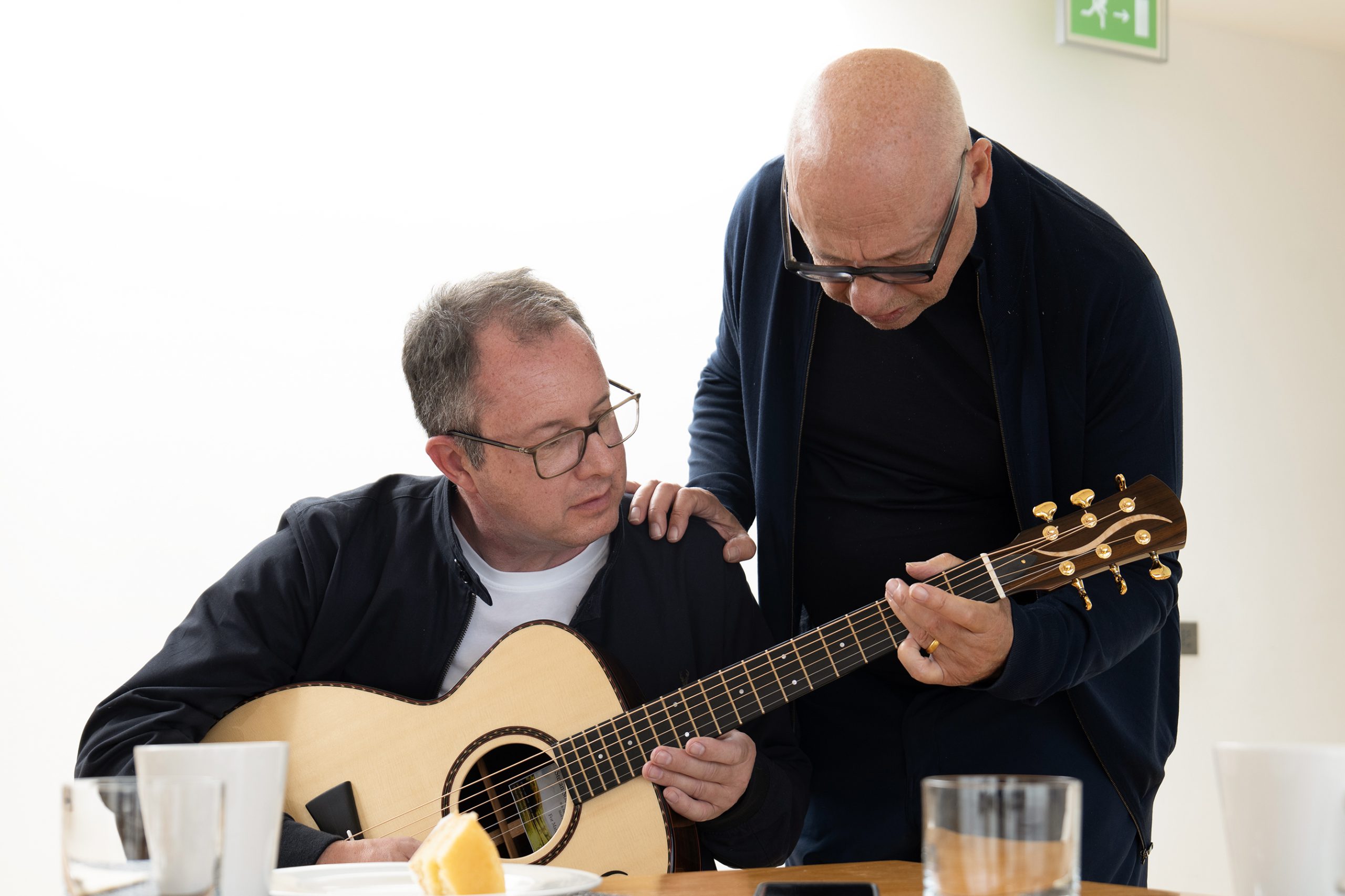
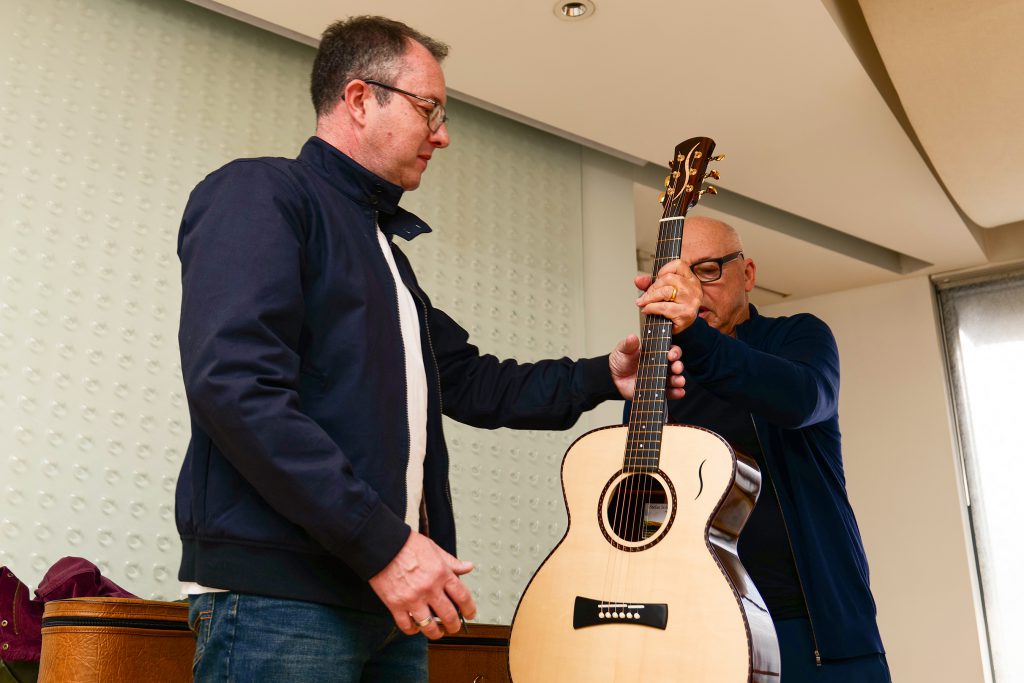 Mark has just come into the room with Matthew’s guitar. Here he is handing it over. Matthew is stunned.
Mark has just come into the room with Matthew’s guitar. Here he is handing it over. Matthew is stunned.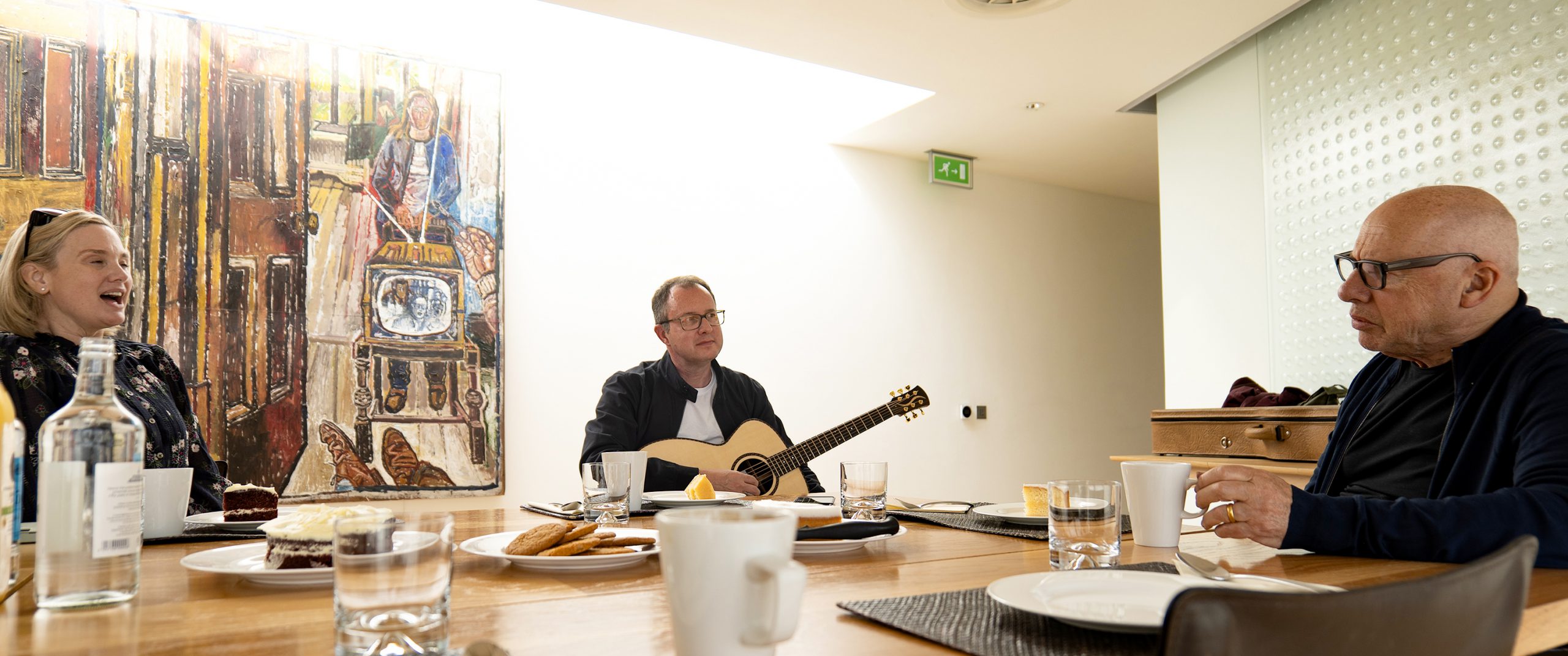 Helen, Mark and Matthew chatting after the handover
Helen, Mark and Matthew chatting after the handover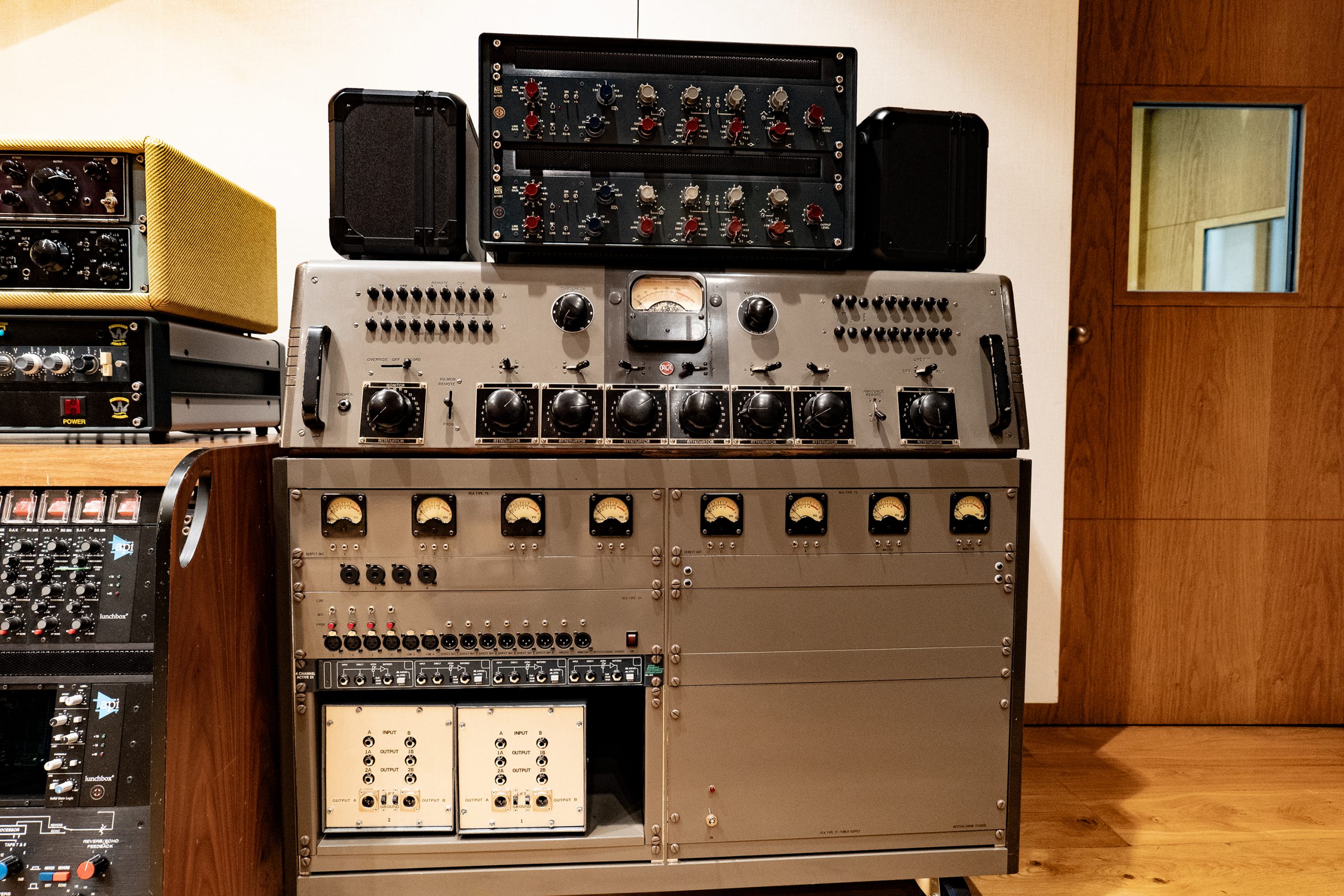 1960s desk, still used regularly, gets a unique drum sound
1960s desk, still used regularly, gets a unique drum sound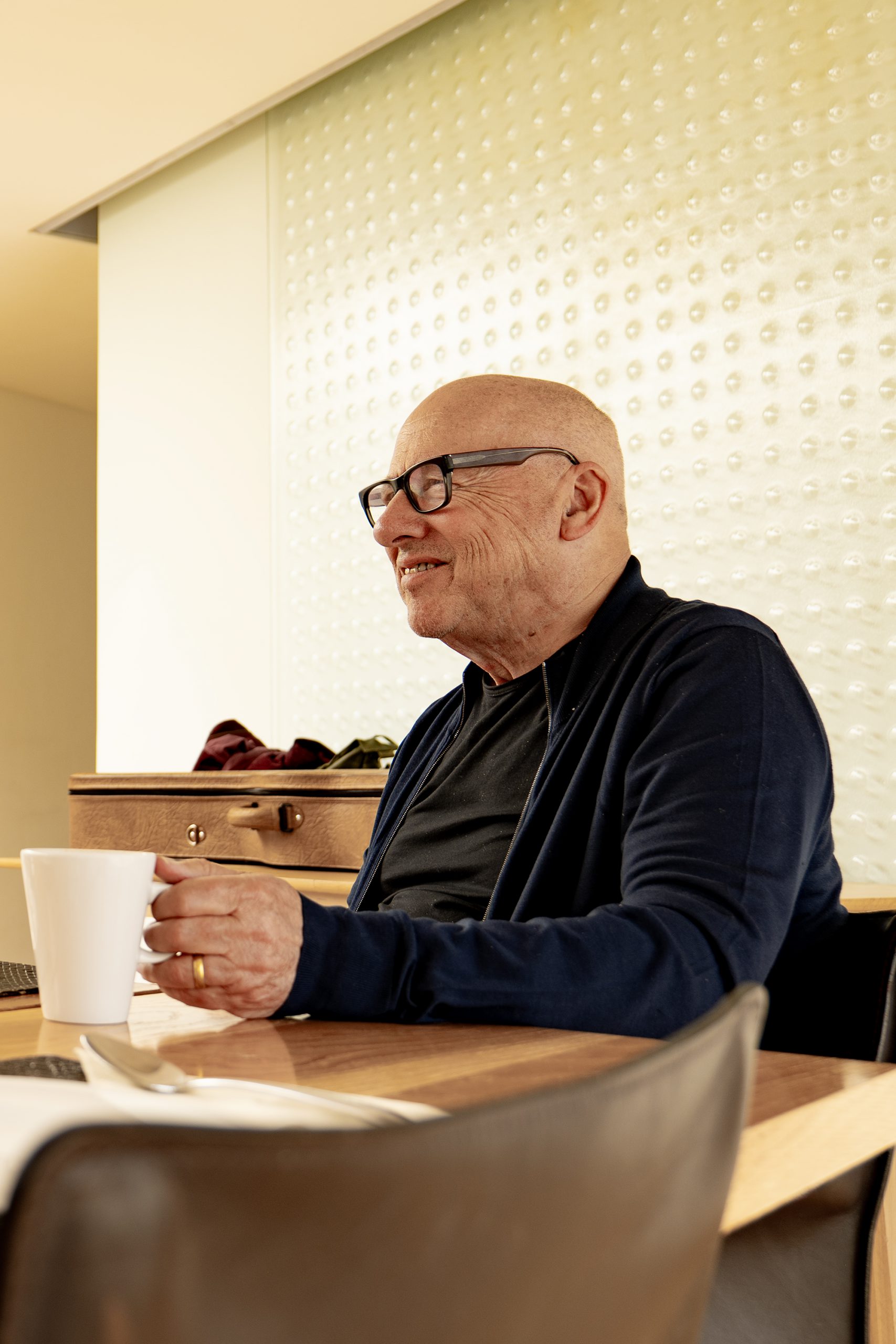 Mark
Mark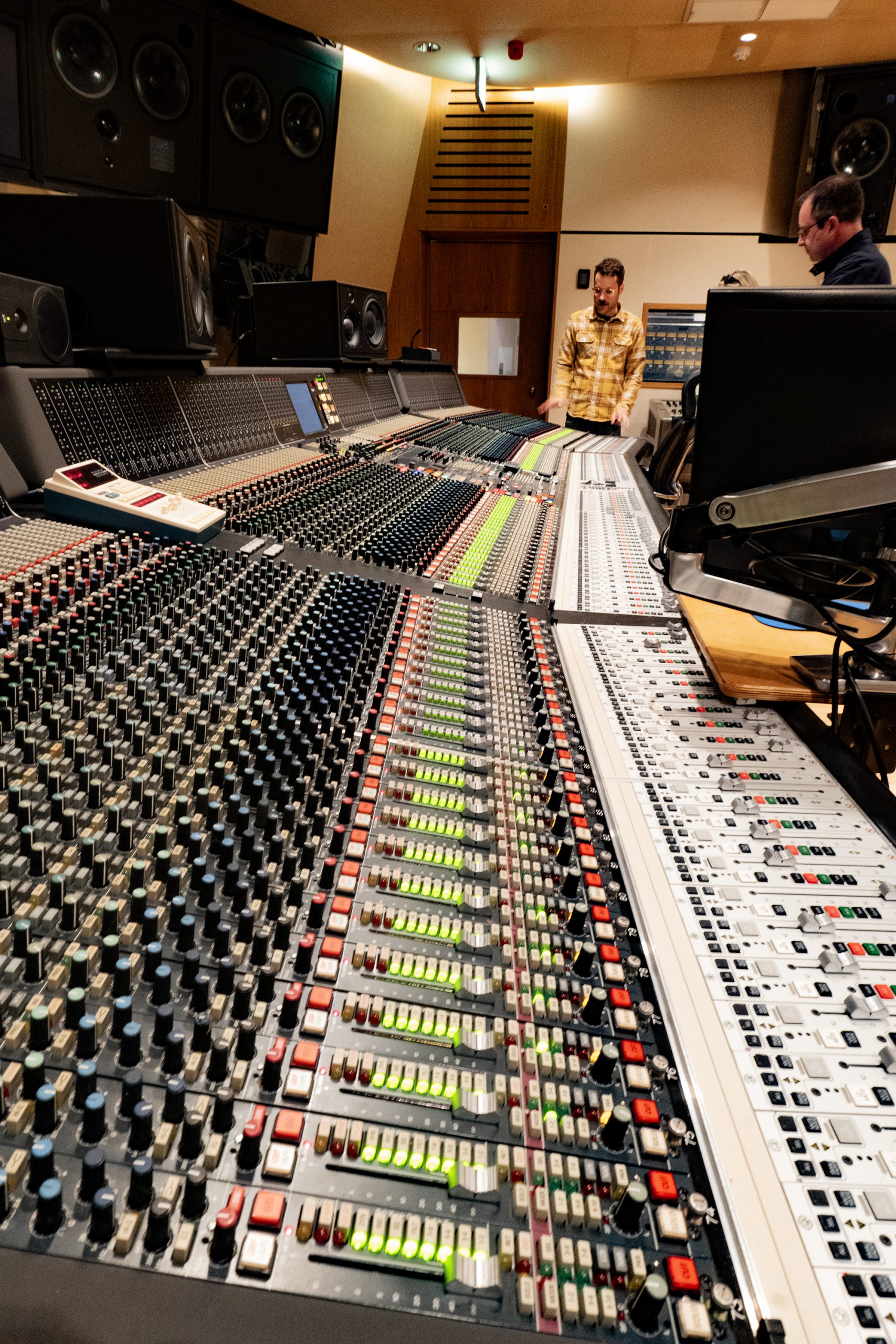 Andy and Matthew looking at the main desk. Wow.
Andy and Matthew looking at the main desk. Wow.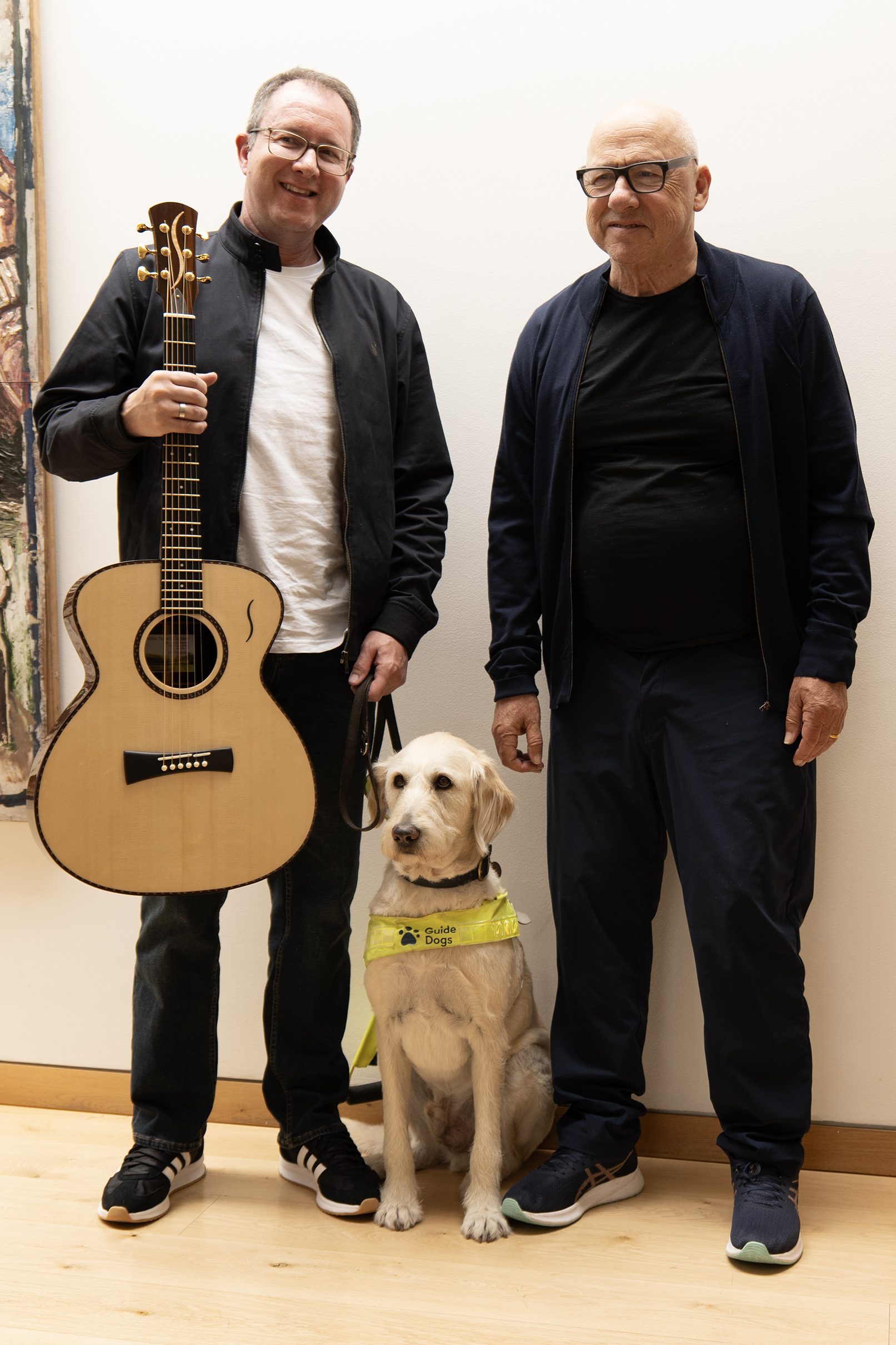 Matthew, guitar, Mark, and guide dog Sunny
Matthew, guitar, Mark, and guide dog Sunny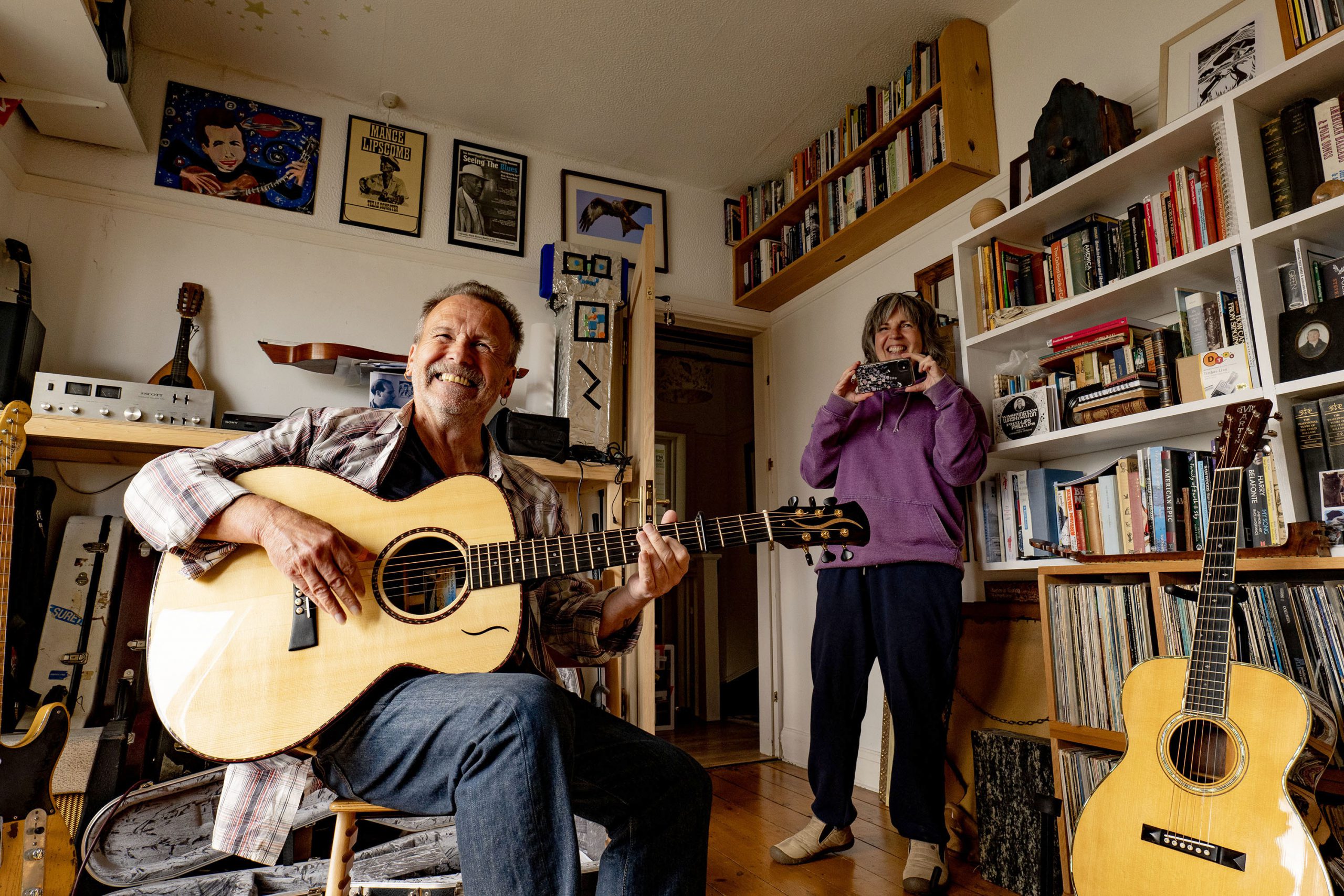
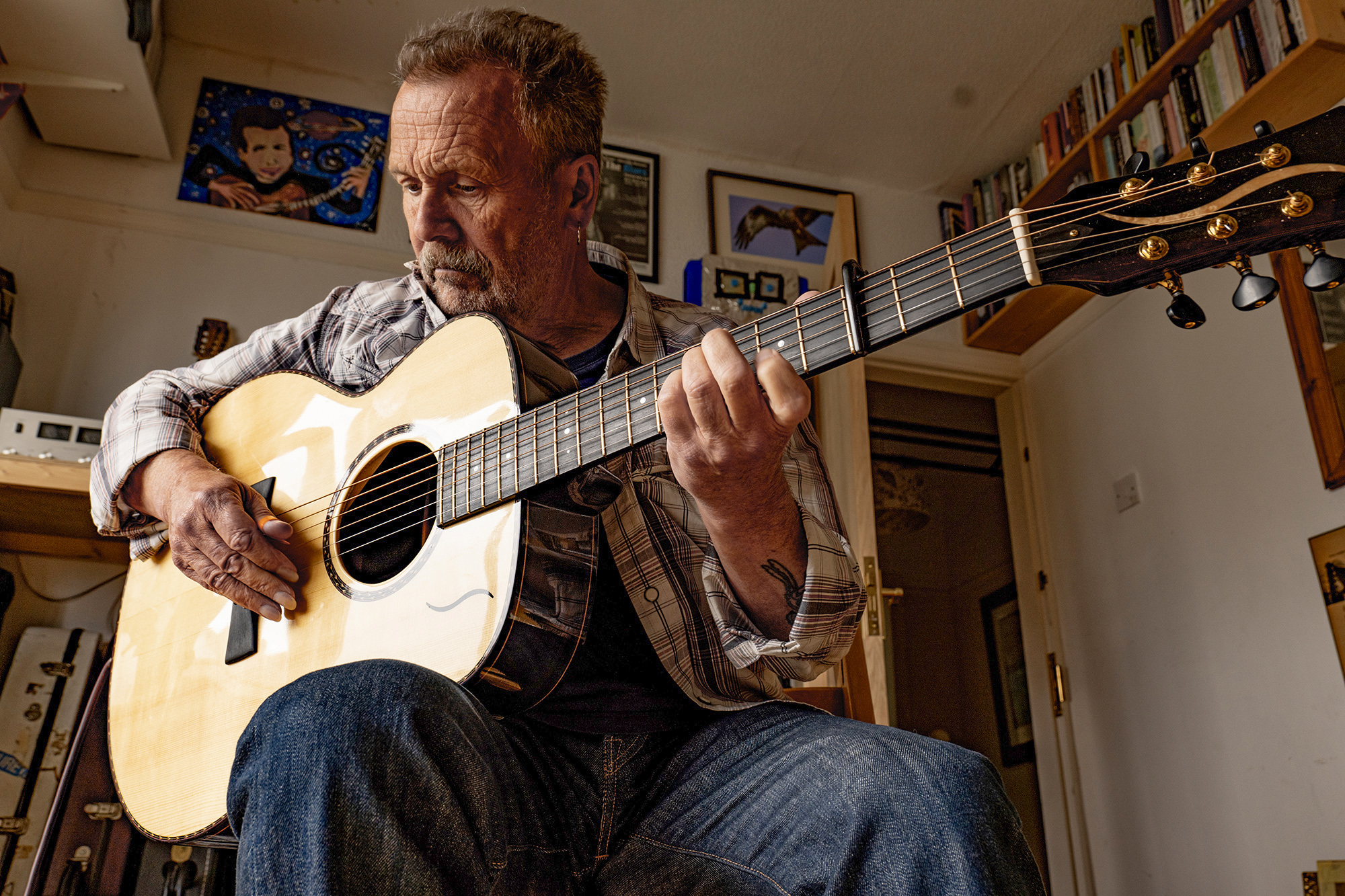
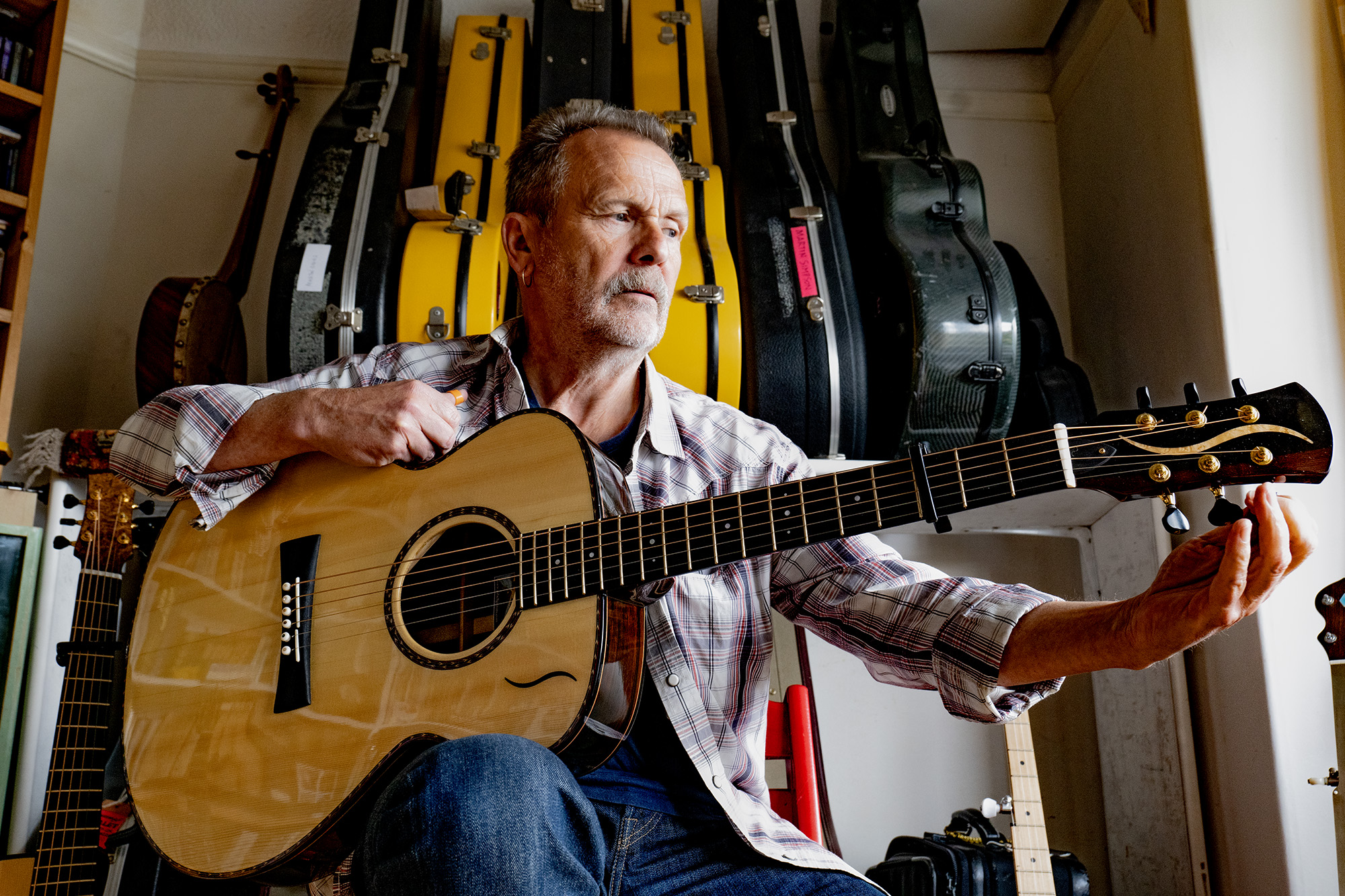
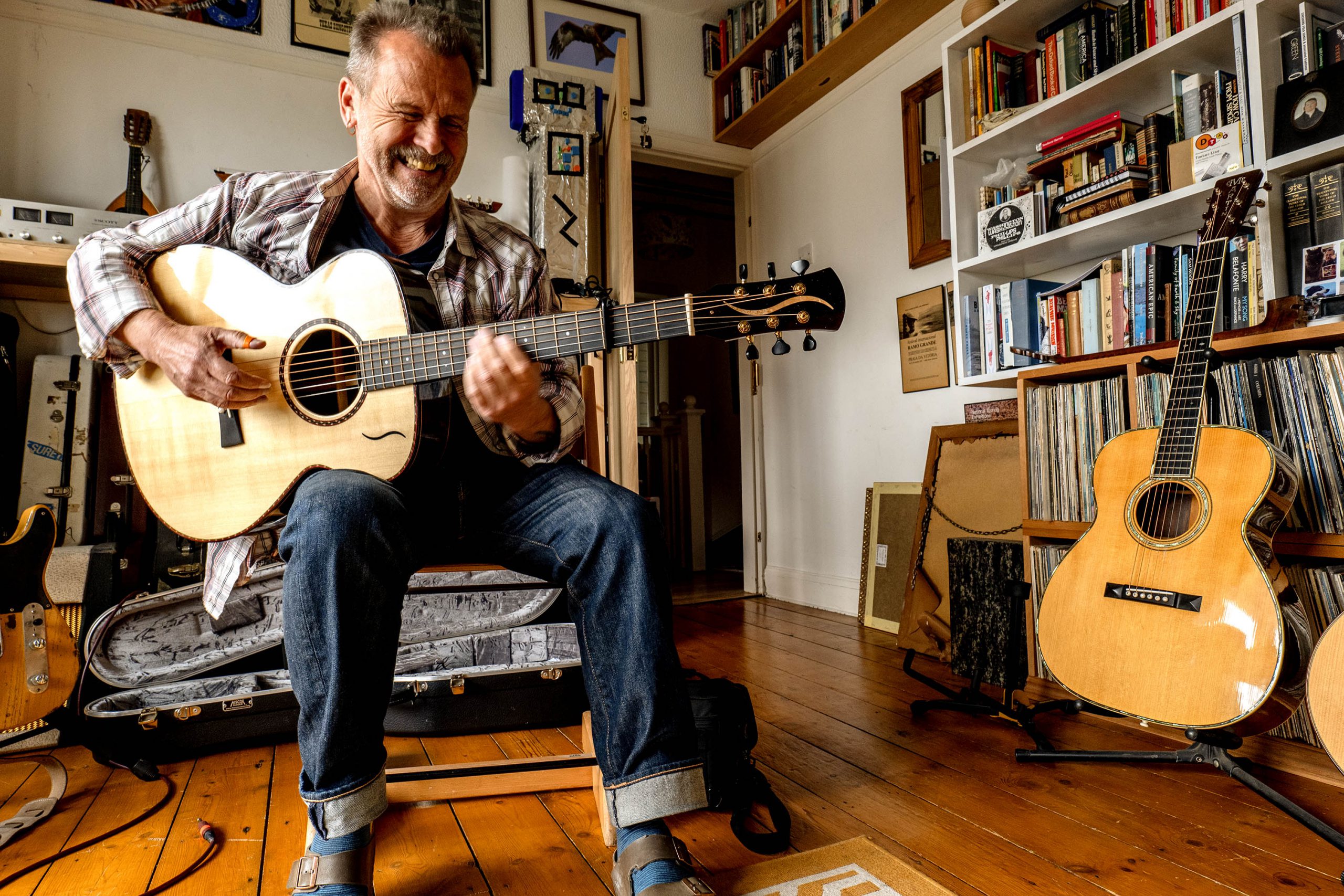
 Why is there a dulcimer in my ear?
Why is there a dulcimer in my ear?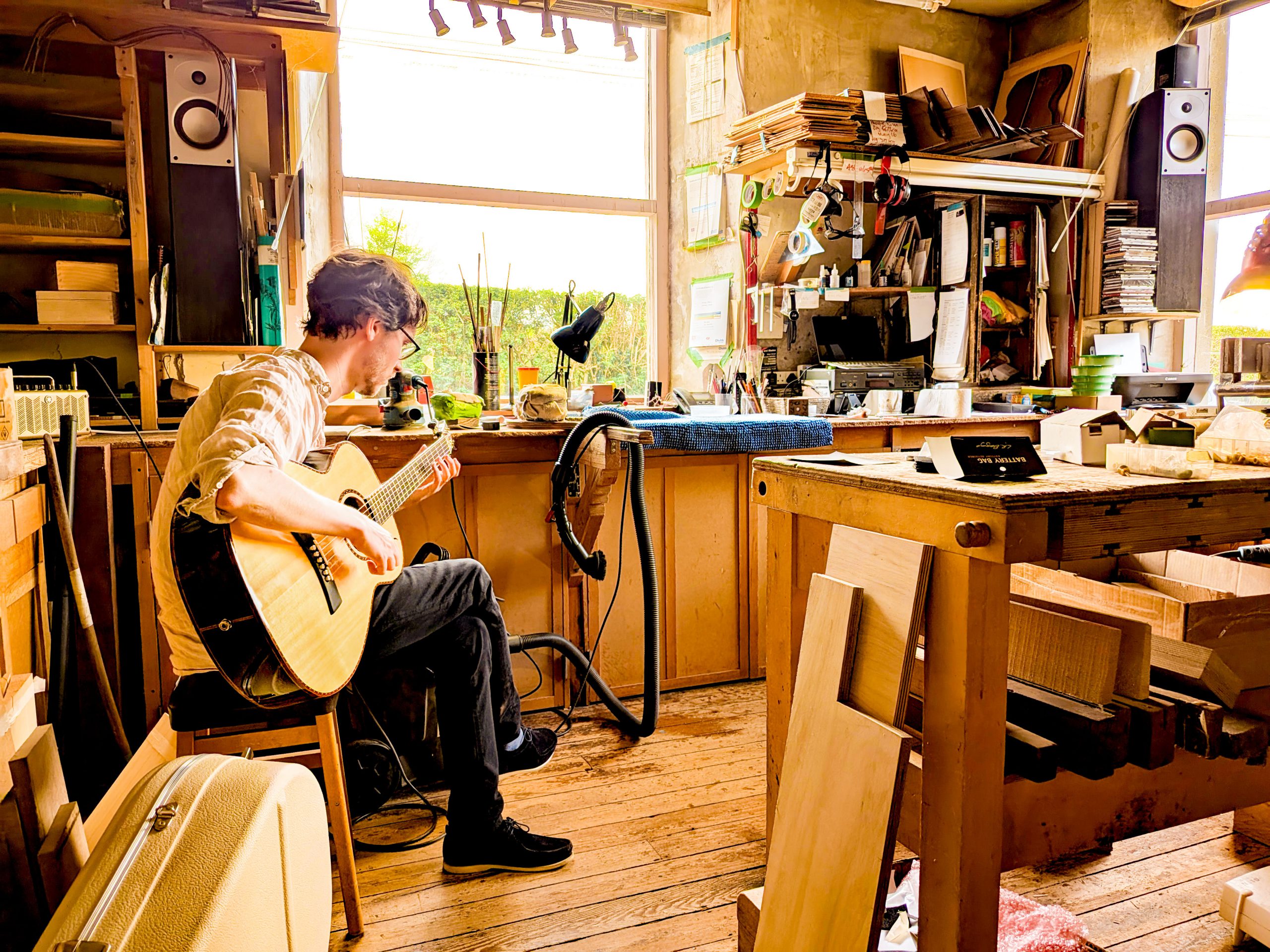
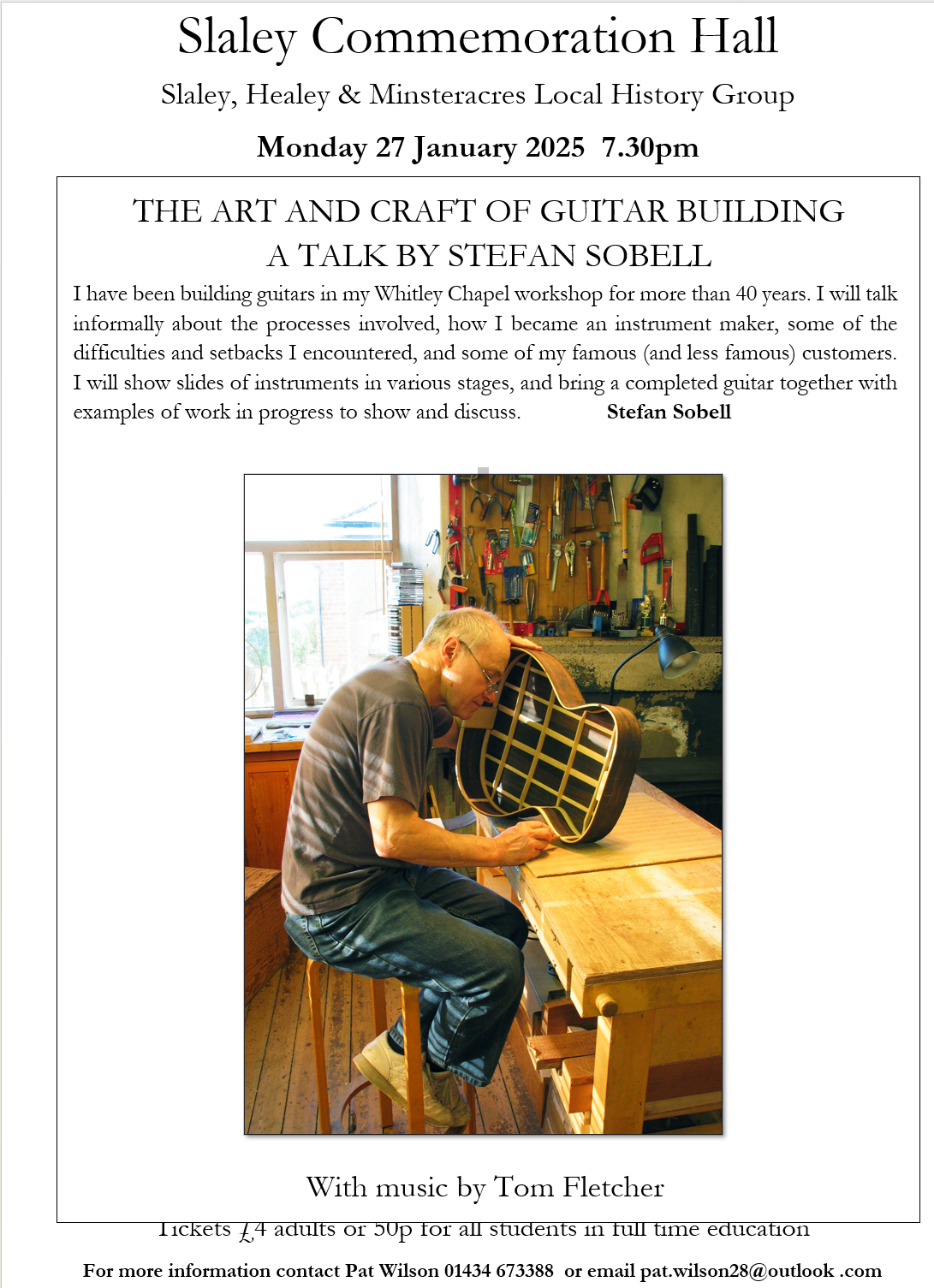
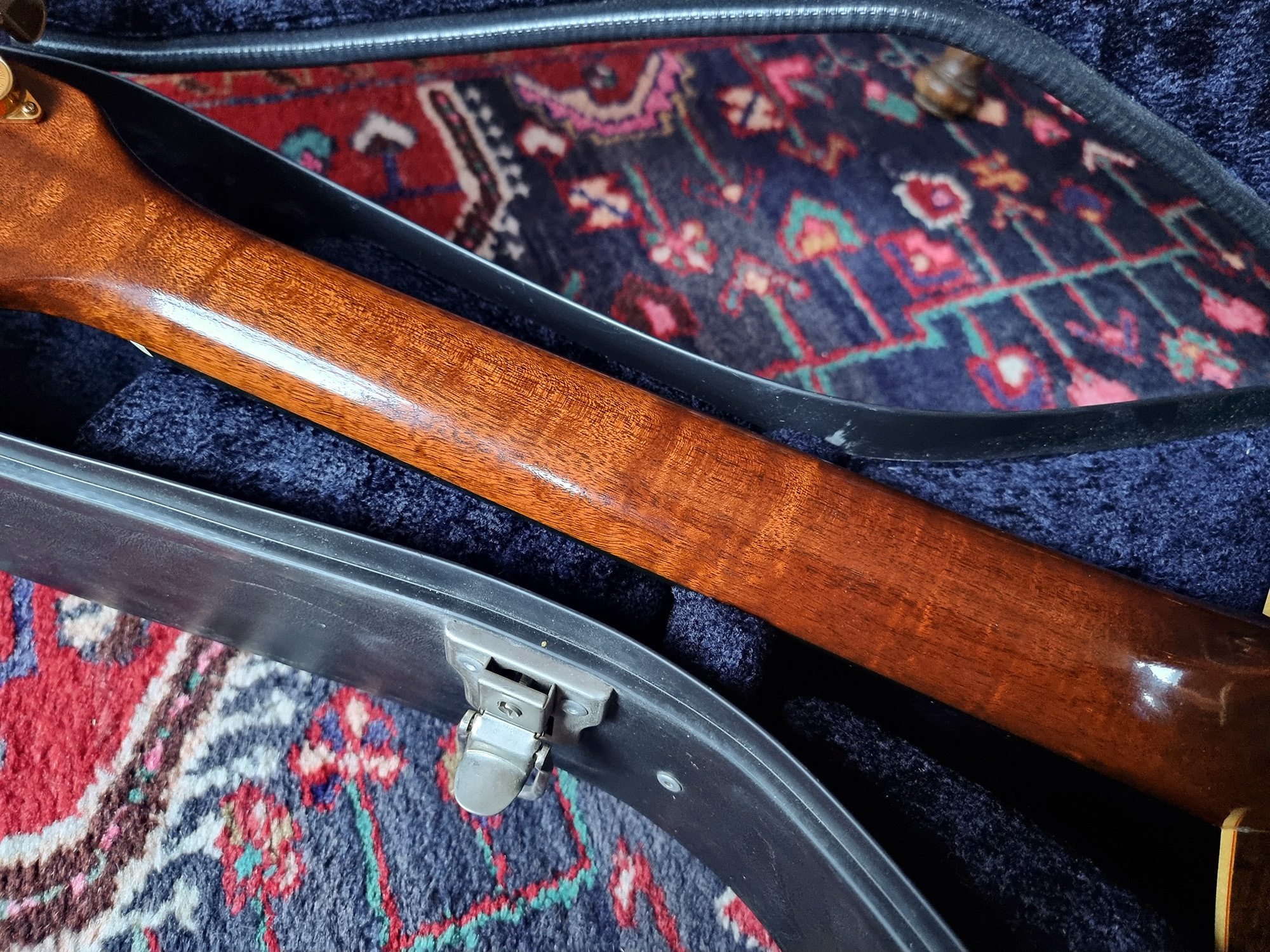 1995 neck mahogany
1995 neck mahogany 1995 Model 0 with Brazilian rosewood back
1995 Model 0 with Brazilian rosewood back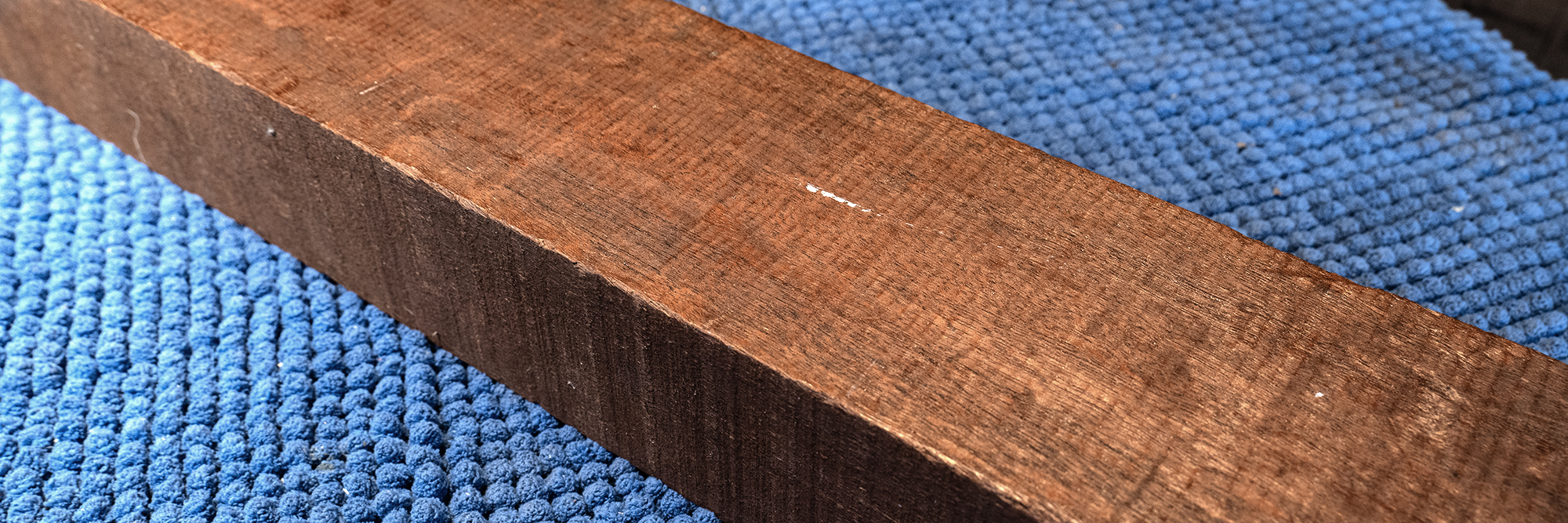 Old dark dense mahogany
Old dark dense mahogany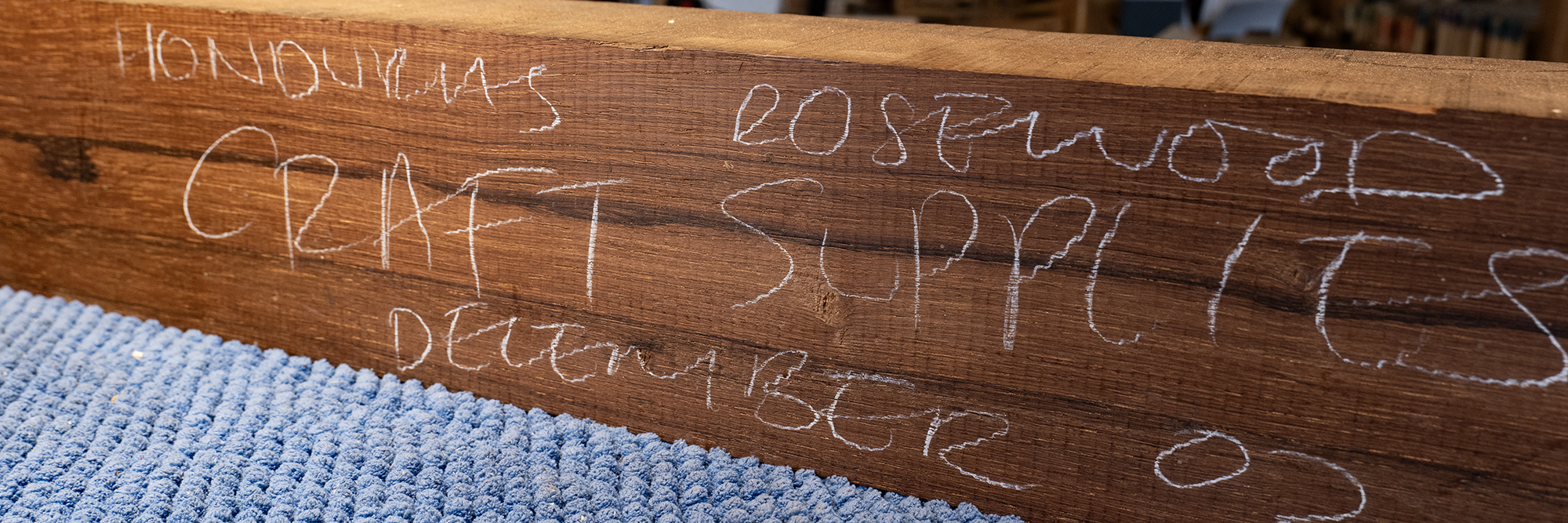 Honduras rosewood
Honduras rosewood


